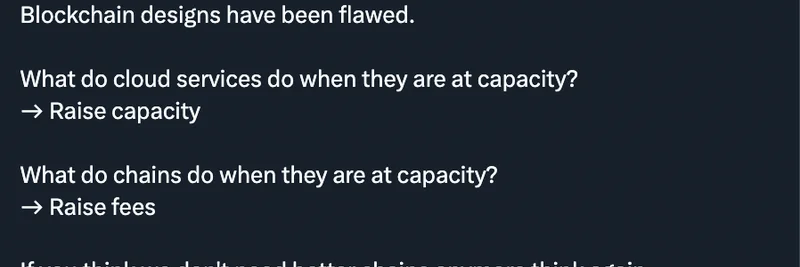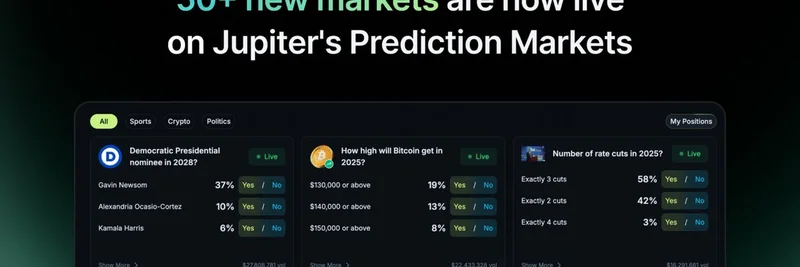In the fast-evolving world of blockchain, a recent thread on X (formerly Twitter) has sparked intriguing conversations about why big businesses are turning to their own Layer 1 (L1) blockchains. Posted by Sacha Saint-Leger (@ssaintleger), the thread quotes Barry from Interchain Labs (@BPIV400) and draws parallels to the early days of cloud computing. It's a must-read for anyone interested in how enterprise adoption could shape the crypto landscape, including the wild world of meme tokens.
Barry kicks things off by highlighting a growing trend: real businesses, including Fortune 500 giants, are building their own L1 blockchains. For those new to the term, an L1 blockchain is the base layer of a network, like Ethereum or Solana, handling everything from consensus to data storage. Unlike Layer 2 (L2) solutions, which build on top of an existing L1 to scale, L1s offer full control and independence.
Why the shift now? Barry points to two key factors. First, stablecoins are maturing. These are cryptocurrencies pegged to stable assets like the US dollar, making them reliable for businesses. With regulations clarifying and companies like Circle going public, finance teams see stablecoins as a way to cut costs and streamline operations without the volatility scares.
Second, the focus has moved from provenance—tracking origins in supply chains—to payments. Traditional payment systems are slow, expensive, and risky, especially across borders. Blockchain-based payments could save billions for multinational firms, improving experiences for customers and workers alike.
But why L1s over L2s or smart contracts? Barry explains that L1s are battle-tested and familiar after years of development. They're legible to stakeholders wary of nascent tech like rollups (L2 solutions that bundle transactions for efficiency). Plus, building an L1 minimizes platform risk—no betting on Ethereum or Solana's success. It balances control with connectivity, enabling seamless interoperability without third-party dependencies.
Sacha mostly agrees but adds a crucial caveat: using Celestia for Data Availability (DA) changes the game. DA is the part of blockchain that ensures transaction data is accessible and verifiable. Celestia specializes in this, acting like a modular layer that provides bandwidth without forcing users to stake on its token, TIA. It's akin to using AWS without buying Amazon stock—you get the benefits without the bet.
Sacha argues that the push for standalone chains signals flaws in current rollup foundations, not their obsolescence. For Ethereum, DA isn't scaling fast enough, finality (when transactions are irreversible) is slow, and upgradeability by admins poses risks. Celestia, however, aims to stay in the background, enabling high-performance, verifiable experiences. The pitch? Issue and settle assets wherever users are, save money, and build better products without politics.
To drive the point home, Sacha shares insights from cloud computing's infancy. Wall Street once dismissed AWS as a distraction or gibberish, with even Oracle's Larry Ellison scoffing at the idea. Yet, AWS revolutionized tech by serving the long tail of businesses.
Replies add depth. Mustafa Al-Bassam, Celestia's co-founder (@musalbas), notes that switchable DA layers reduce platform risk, promoting modularity over monolithic chains. This could be huge for meme tokens, which thrive on low fees and high throughput. Imagine meme projects launching on custom chains with Celestia's DA, avoiding Ethereum's congestion and enabling viral, low-cost trades.
As blockchain practitioners, this thread reminds us that innovation isn't done. While meme tokens often grab headlines for their fun and frenzy, underlying tech like modular DA could supercharge their ecosystems, making launches cheaper and more accessible. We'll know soon if Celestia's "cloud computing thesis" holds—Sacha predicts clarity in the next 3-12 months.
For the full discussion, check out the original thread. What do you think—will enterprises drive the next crypto boom, and how might it boost meme token creativity? Share your thoughts in the comments!




